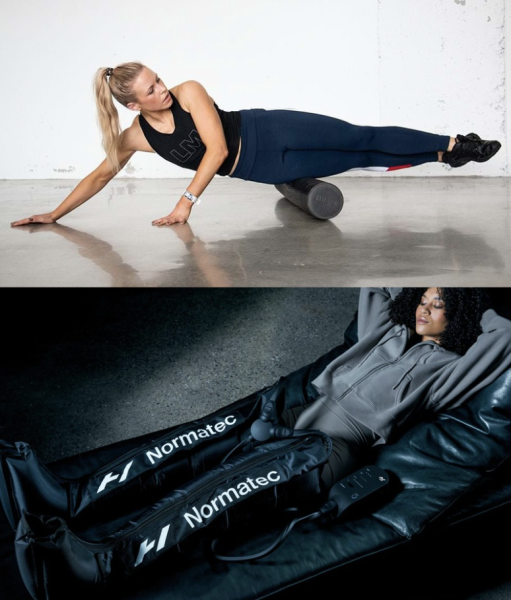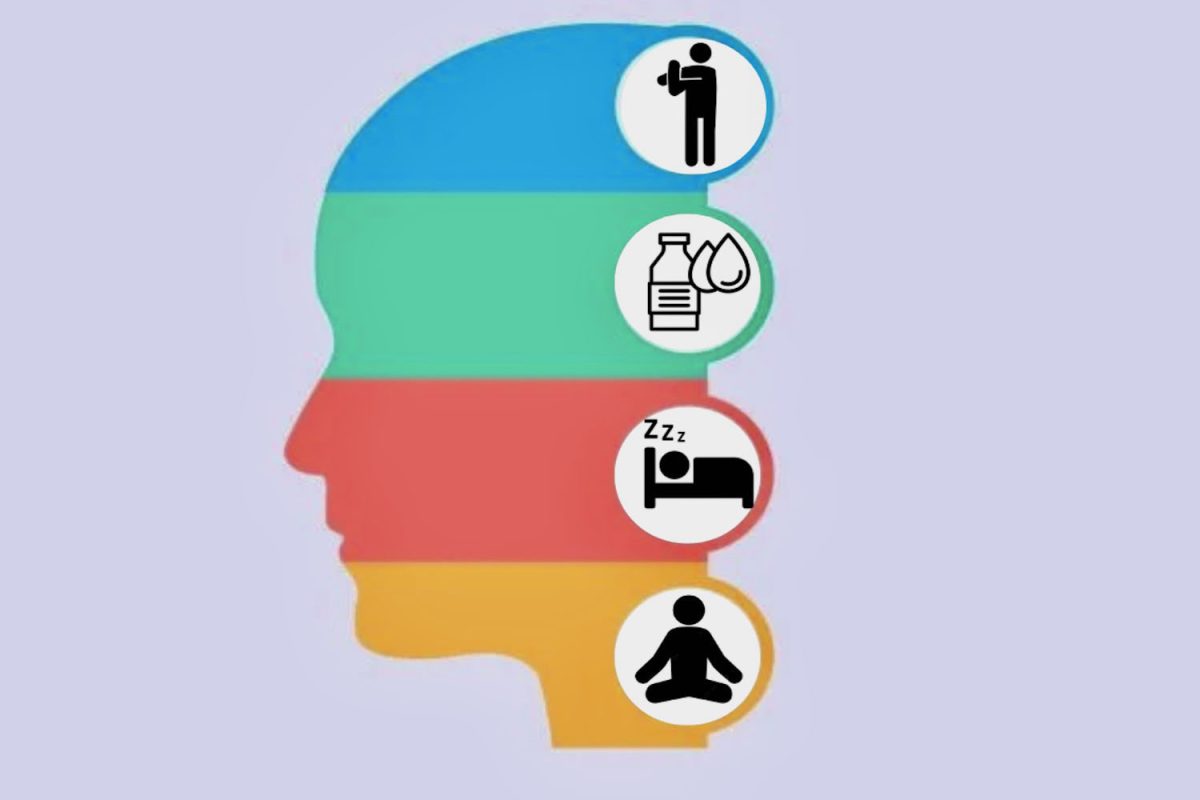The significance of recovery and rest days often goes unnoticed in the commitment to fitness. While consistent workouts are essential for building strength and endurance, true progress depends on the body’s ability to repair and adapt. Strategic rest can be just as critical as the workout itself since fitness thrives on a cycle of fatigue and repair, where the body adapts to become more powerful, according to The New York Times. Among recovery methods and rest, quality sleep stands out as a crucial component, according to uchealth.org. Yet, recovery does not mean complete inactivity. Active recovery is a middle ground between rest and exercise that is highly effective in speeding up the body’s ability to bounce back, according to The New York Times.
Exercise creates microscopic tears in muscle fibers, which repair and grow stronger during periods of rest. This process, which experts call super-compensation, enhances strength, speed, and endurance. Adaptation occurs during recovery, making rest essential for continued progress. Inadequate rest prevents muscle adaptation, stalling improvements and limits performance, according to The New York Times. Sufficient rest replenishes glycogen and allows muscle repair, reducing the risk of soreness and fatigue. Neglecting recovery leads to diminished performance and the likelihood of injury increases, according to uchealth.org. Mr. Daniel Segui, Assistant Athletic Trainer, emphasized that rest days are vital for muscle recovery and growth.

“Regular rest days are critical for allowing muscles to repair, which, in turn, promotes growth and strength,” Mr. Segui said. “When you’re lifting or doing strenuous activity, you’re essentially causing tiny tears in muscle fibers. Rest days give the body time to rebuild those fibers, making them stronger. Without recovery, you’re not allowing this process to fully happen, which can lead to overtraining, fatigue, and even injury.”
Sleep plays a crucial role in muscle repair and growth, making it key for athletic performance. The lack of sleep reduces aerobic endurance, disrupts hormone balance, and causes fatigue, low energy, and poor focus, which are factors that heighten the risk of injury. However, quality sleep matters just as much as duration since inconsistent sleep routines and frequent nighttime awakenings weaken recovery. Practicing good sleep hygiene, such as avoiding screens, work, or TV before bed, helps athletes establish routines that prepare the mind and body for restful sleep, according to uchelath.org.
Not all rest and recovery follow the same pattern. Active recovery offers an effective alternative to complete rest by incorporating low-impact movement that aids muscle repair and reduces soreness. Activities such as walking, yoga, or swimming improve circulation, help flush out lactic acid, and promote mobility without putting excessive strain on the body. Keeping active recovery gentle prevents interference with the body’s healing process. When integrated properly into a fitness routine, active recovery enhances overall recovery, prevents burnout, and supports long-term performance, according to The New York Times. Mr. Segui explained active recovery helps with blood flow and can ease guilt about rest days.

“Active recovery is a great option for someone who doesn’t feel right taking a full rest day,” Mr. Segui said. “It gets the blood flowing without putting too much strain on the muscles. It’s about listening to your body, some days you might need a chill walk, other days you might need a total reset. It’s super common to feel guilty about taking a rest day, especially if you’re someone who’s used to being in motion all the time. A good way to think about it is that you’re not just ‘doing nothing’ on rest days, you’re actively supporting your long-term performance.”
Incorporating recovery techniques into recovery routines maintains muscle health and optimizes performance. Foam rolling realigns and stimulates muscle fibers that engage during exercise while stretching and yoga enhance mobility, agility, and muscle efficiency. These techniques increase muscle elasticity, coordination, and overall movement, keeping joints and muscles supple. Recovery methods such as ice baths and normatec boots reduce inflammation and flush out metabolic waste, such as lactic acid, to accelerate recovery. The fresh blood flow from an ice bath removes waste while delivering essential nutrients to support healing and improve future performance, according to the Sacred Heart Athletic Department. Mr. Segui suggested that athletes should incorporate recovery techniques into rest days to keep muscles supple, improve performance, and prevent overtraining.
“Recovery does not need to be a full day of nothing, recovery could be ice baths, foam rolling, normatec boots, stretching, yoga, or anything else not strenuous,” Mr. Segui said. “These practices keep muscles and joints supple, so you’re able to move with greater efficiency. Proper recovery assists an athlete in being able to run faster, jump higher, and get that edge every competitor seeks against the opponent. These recovery methods are proven physiological methods that assist with feeling better. Recovery days should be built in to prevent over-training which can be detrimental to an athlete.”
Featured Image by Caitlin Leahy ’25




